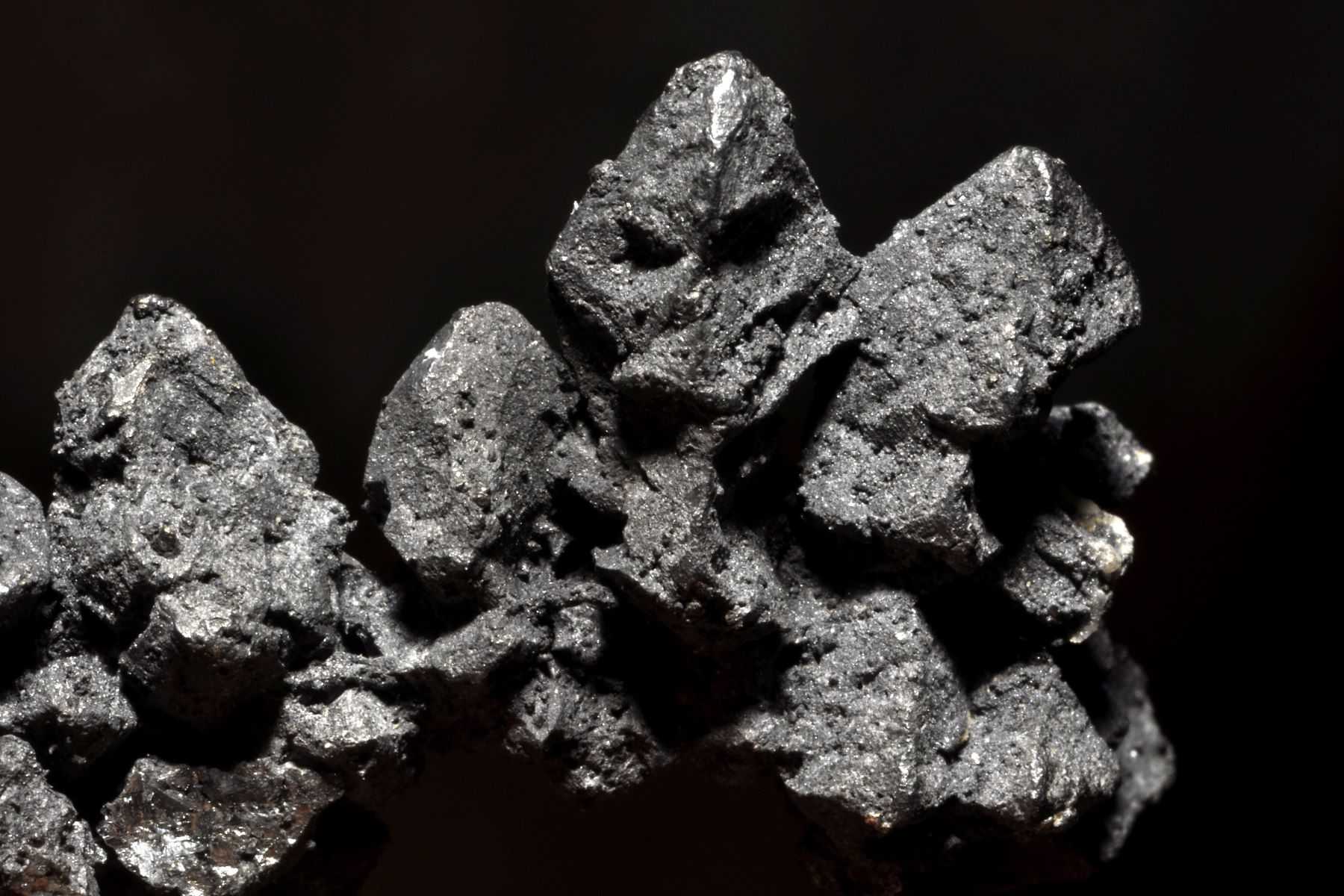
Argentite, a fascinating mineral, holds a special place in the world of geology and mining. Known for its striking metallic luster and dark gray to black color, this mineral is a significant source of silver. But what exactly makes argentite so intriguing? Argentite is actually a high-temperature form of silver sulfide (Ag2S), which transforms into acanthite at lower temperatures. This mineral is often found in hydrothermal veins, where it forms alongside other silver-bearing minerals. Its unique properties and formation process make it a subject of interest not just for geologists but also for collectors and investors. Ready to dive into 35 captivating facts about argentite? Let's uncover the secrets of this remarkable mineral!
Key Takeaways:
- Argentite, a silver sulfide mineral, has a rich history and is crucial for silver extraction. It's used in electronics, solar panels, and even has antibacterial properties in medicine.
- Found in various locations worldwide, argentite is a valuable addition to mineral collections. It's visually striking, but collectors need to handle it with care due to its softness.
What is Argentite?
Argentite is a fascinating mineral with a rich history and significant importance in various fields. Known for its striking appearance and unique properties, this mineral has captivated scientists and enthusiasts alike.
- Argentite is a silver sulfide mineral with the chemical formula Ag2S.
- It typically forms in hydrothermal veins and is often found alongside other silver minerals.
- Argentite has a metallic luster and a dark, lead-gray to black color.
- When exposed to air, it can tarnish, developing a thin film of silver oxide.
- This mineral has a Mohs hardness of 2 to 2.5, making it relatively soft.
- Argentite is an important ore of silver, historically used for silver extraction.
Historical Significance of Argentite
Argentite has played a crucial role in human history, particularly in the context of silver mining and metallurgy.
- Ancient civilizations, including the Greeks and Romans, mined argentite for its silver content.
- During the Spanish colonization of the Americas, argentite was a major source of wealth.
- The famous Comstock Lode in Nevada, discovered in the 19th century, contained significant amounts of argentite.
- Argentite was instrumental in the development of early photography, as silver compounds are light-sensitive.
- In the 19th century, argentite was used in the production of silver coins and jewelry.
Physical Properties of Argentite
Understanding the physical properties of argentite helps in identifying and utilizing this mineral effectively.
- Argentite has a specific gravity of 7.2 to 7.4, indicating its high density.
- It crystallizes in the isometric system, often forming cubic or octahedral crystals.
- When heated, argentite transforms into acanthite, a more stable form of silver sulfide.
- Argentite is opaque, meaning it does not transmit light.
- It has a high electrical conductivity, similar to other silver minerals.
- The streak of argentite, or the color of its powdered form, is shiny black.
Argentite in Modern Applications
While its historical uses are well-documented, argentite continues to have relevance in modern technology and industry.
- Argentite is used in the production of high-quality silver for electronics and electrical contacts.
- It plays a role in the manufacturing of solar panels, where silver is a key component.
- The mineral is also used in the production of silver-based catalysts for chemical reactions.
- Argentite is important in the field of nanotechnology, where silver nanoparticles have various applications.
- In medicine, silver compounds derived from argentite are used for their antibacterial properties.
Notable Argentite Deposits
Argentite can be found in various locations around the world, often in regions known for their rich mineral deposits.
- The Freiberg district in Germany is famous for its argentite deposits.
- Significant argentite deposits are found in the Potosí region of Bolivia.
- The Kongsberg silver mines in Norway have produced notable argentite specimens.
- In the United States, argentite is found in the Comstock Lode of Nevada and the Silverton district of Colorado.
- Mexico, particularly the state of Zacatecas, is a major producer of argentite.
Collecting and Preserving Argentite
For mineral collectors, argentite presents both opportunities and challenges due to its unique properties.
- Argentite specimens should be stored in a dry environment to prevent tarnishing.
- Handling argentite with care is important, as it is a relatively soft mineral.
- Collectors often seek argentite for its aesthetic appeal and historical significance.
- High-quality argentite crystals can be quite valuable and sought after in the mineral market.
- Argentite is often found in combination with other minerals, making it a desirable addition to mineral collections.
Fun Facts about Argentite
Here are some intriguing tidbits about argentite that highlight its unique characteristics and uses.
- The name "argentite" comes from the Latin word "argentum," meaning silver.
- Argentite can sometimes exhibit a phenomenon called "pseudo-morphism," where it retains the shape of another mineral.
- Despite its softness, argentite's metallic luster makes it visually striking and easily recognizable.
Final Thoughts on Argentite
Argentite, a fascinating mineral, holds a special place in the world of geology and mining. Known for its rich silver content, this mineral has been a valuable resource for centuries. Its unique properties and historical significance make it a subject worth exploring. From its formation in hydrothermal veins to its role in silver extraction, argentite offers a glimpse into the intricate processes of nature and human ingenuity. Whether you're a geology enthusiast or just curious about the natural world, understanding argentite can deepen your appreciation for the Earth's hidden treasures. So next time you come across a piece of silver jewelry or a historical artifact, remember the role argentite played in bringing that piece to life. It's a reminder of the incredible journey from deep within the Earth to the objects we cherish.
Frequently Asked Questions
Was this page helpful?
Our commitment to delivering trustworthy and engaging content is at the heart of what we do. Each fact on our site is contributed by real users like you, bringing a wealth of diverse insights and information. To ensure the highest standards of accuracy and reliability, our dedicated editors meticulously review each submission. This process guarantees that the facts we share are not only fascinating but also credible. Trust in our commitment to quality and authenticity as you explore and learn with us.


